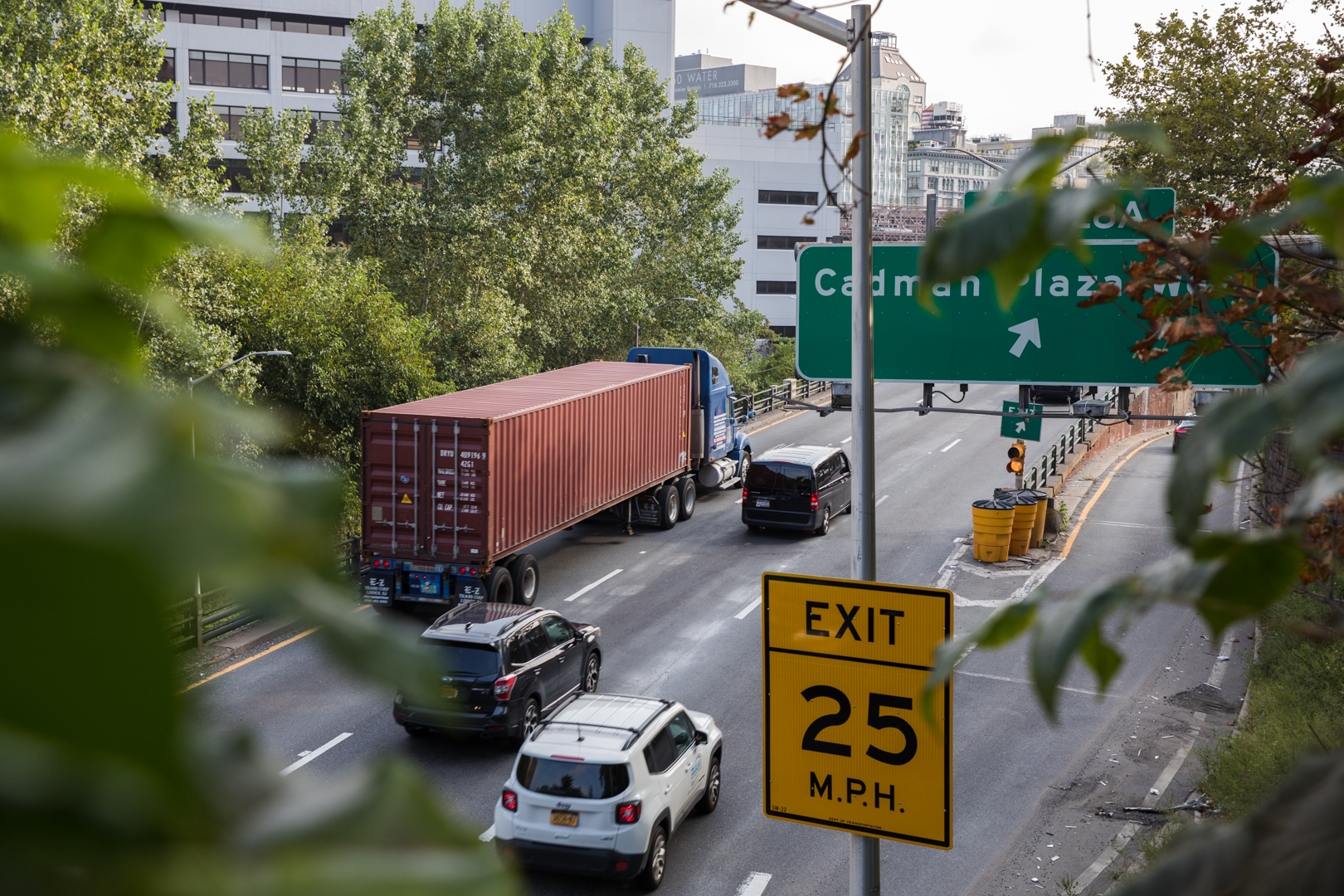Bill to ID, penalize overweight trucks on BQE passes legislature

Senator Brian Kavanagh and Assemblywoman Jo Anne Simon announced on Wednesday that their BQE Truck Weight bill (A.2316A and S.2740B) has passed both the New York State Assembly and Senate on Tuesday and will now head to the governor’s desk for signature.
This is one of three topics covered in the Brooklyn Heights Association’s letter to the community early this week, and the most important one for the community.
The bill is a breakthrough in the fight to get overweight trucks off the BQE, especially the deteriorating triple cantilever underpinning the Brooklyn Heights Promenade.

Brooklyn Boro
View MoreNew York City’s most populous borough, Brooklyn, is home to nearly 2.6 million residents. If Brooklyn were an independent city it would be the fourth largest city in the United States. While Brooklyn has become the epitome of ‘cool and hip’ in recent years, for those that were born here, raised families here and improved communities over the years, Brooklyn has never been ‘uncool’.